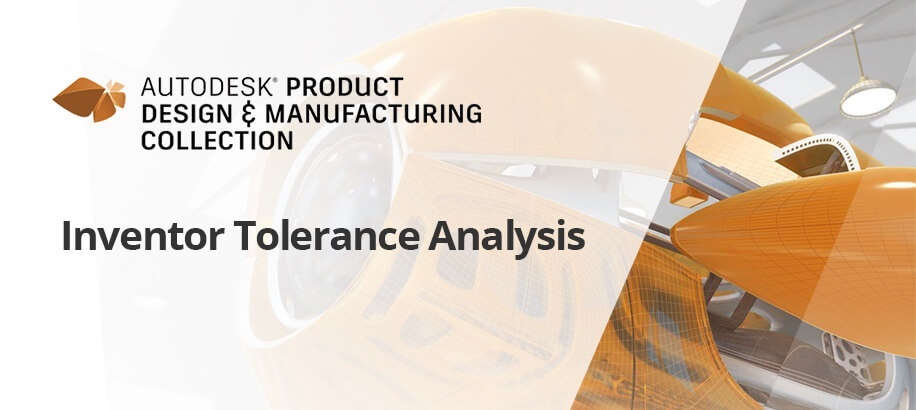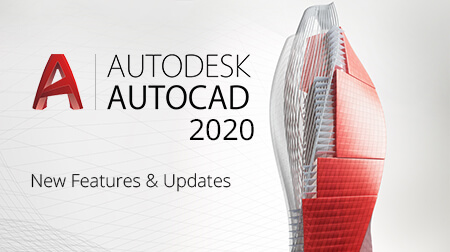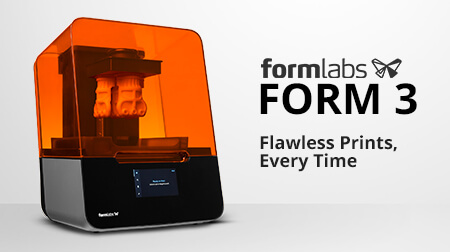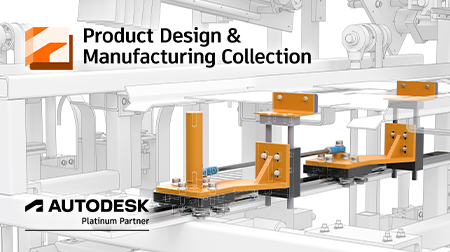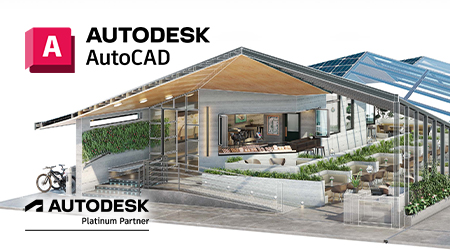Inventor 2020: Tolerance Analysis Release
By John Pitcher | Redstack Applications Engineer - Manufacturing
Background:
In the Inventor 2018 release, Autodesk introduced a great new tool - allowing users to add model dimensions to part or assemblies. (See models below)
This may seem a little un-necessary given that we would generally add dimensions to the drawing to be printed or maybe a plotted to PDF. Firstly, we can retrieve these dimensions into our drawing file…
That in itself is a bonus! If also sharing 3D PDF information with other personnel, such as clients or internal staff, they are able to quickly collect the needed information.
Secondly and most importantly for this blog - these dimensions in the assembly model can be analysed to review possible tolerance interferences or stacked errors in the overall model.
So what is Tolerance Analysis?
As an Inventor model is created, the features and elements of the model may develop due to variations or design changes etc.
Let’s use a relatively simple example of a gearbox. When you assemble an output shaft say with a series of gears, bearings and circlips, the location of each of those items along the axis of the shaft is critical to the function of the overall gearbox. Autodesk Inventor Tolerance Analysis allows the Engineer to quickly ascertain required clearances values maybe due to thermal expansion or other factors in the design, and so develop the gearbox with a greater degree of awareness as to the final tolerances which will impact the overall model.
This process is most effective in the assembly environment as with this analysis is will be best suited to how parts interact and the clearance required for correct function of the output shaft but also the entire gearbox. This new tool gives the engineer a far greater insight and awareness how various manufactured components interact with each other in their designed environment, even to the point of greater efficiencies and leaner manufacturing by reducing possible areas of waste, and finally leading to a more concise and effective model.
See below an excellent overview video which explains the technology. This is a great new Inventor feature for those designers and manufacturers who wish to make their products in a more concise and reliable fashion.
More information on Inventor: https://www.redstackshop.com.au/inventor-professional

